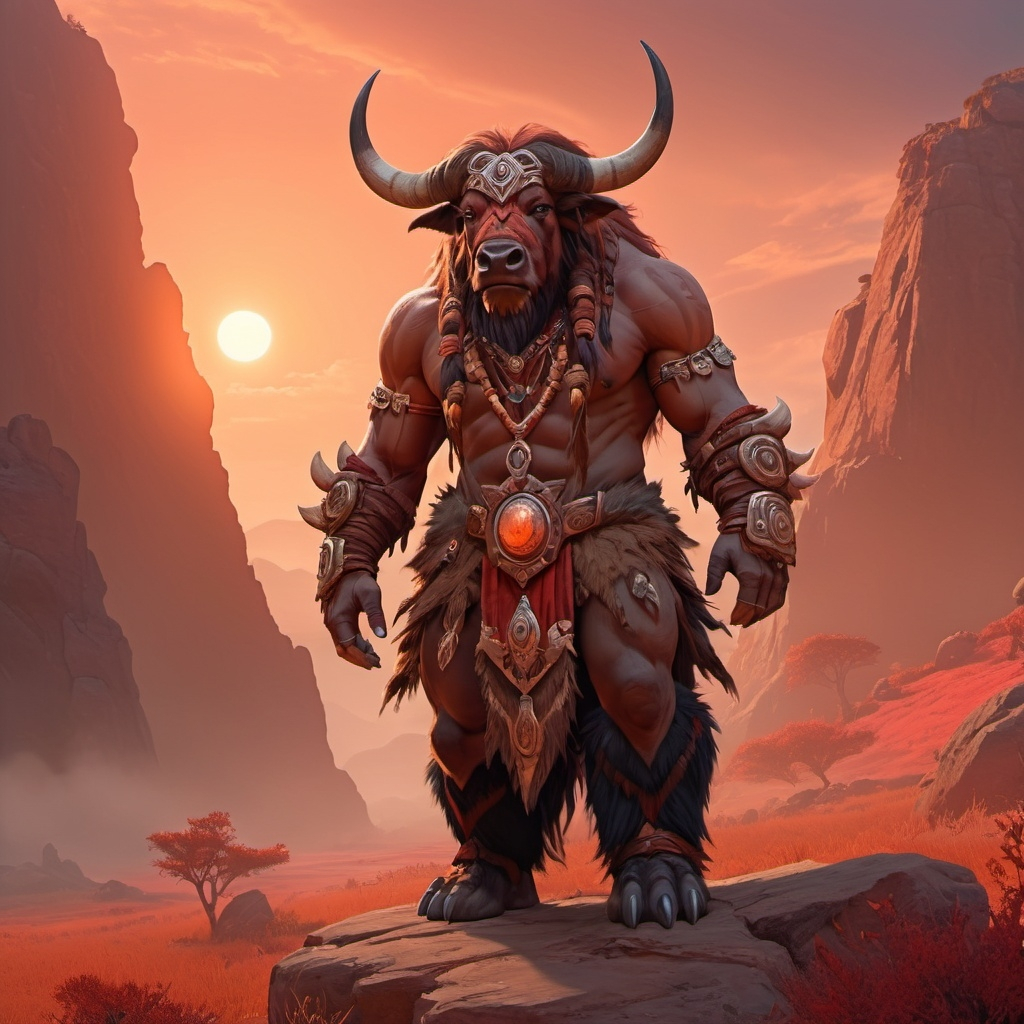Alliance vs. Horde
In Vanilla World of Warcraft, the Alliance vs. Horde conflict is central to the game’s narrative and gameplay. The experience of this rivalry is deeply ingrained in the world’s lore, zones, and quests, and it shapes the entire player experience. Here’s an overview of how the Alliance vs. Horde dynamic plays out in Vanilla WoW:
1. Faction Overview:
Alliance:
- Races: Humans, Dwarves, Night Elves, Gnomes.
- Major Cities: Stormwind (humans), Ironforge (dwarves), Darnassus (night elves), and later, Gnomeregan (gnomes).
- Themes: The Alliance is characterized by its pursuit of justice, order, and the protection of the innocent. It’s a coalition of races united by common values and a shared history.
Horde:
- Races: Orcs, Trolls, Tauren, Undead (Forsaken).
- Major Cities: Orgrimmar (orcs), Thunder Bluff (tauren), Undercity (undead), and later, Silvermoon (blood elves).
- Themes: The Horde is marked by its struggle for survival, redemption, and the reclamation of lost glory. It’s a coalition formed out of necessity and a desire to find a place in the world despite their dark pasts.
2. Zones and Contested Areas:
Contested Zones:
- Hillsbrad Foothills: A battleground for skirmishes between Alliance and Horde forces, with key towns like Southshore and Tarren Mill serving as focal points for conflict.
- Stranglethorn Vale: Known for its jungle terrain and the high level of factional conflict, including the famous Gurubashi Arena where players can engage in PvP battles.
Neutral Zones:
- Ashenvale, Arathi Highlands, and Western Plaguelands: These zones are hotspots for conflict, with both factions frequently clashing over control of objectives and resources.
Important Areas:
- Alterac Valley: A large-scale battleground where players can engage in epic, objective-based PvP battles, capturing strategic points and fighting for dominance.
- Warsong Gulch: A capture-the-flag style battleground that pits Alliance against Horde in fast-paced, strategic combat.
3. Quests and Storylines:
Faction-Specific Quests:
- Alliance Quests: Often involve defending against Horde raids, exploring ancient ruins, or addressing threats to the human kingdoms. These quests reinforce the theme of protecting the realm from the Horde’s aggression.
- Horde Quests: Typically focus on reclaiming lost lands, battling against Alliance incursions, and fortifying the Horde’s hold over contested regions. These quests highlight the Horde’s struggle for survival and dominance.
Shared Conflicts:
- Major Story Arcs: Both factions engage in the overarching conflict with the Scourge and the Burning Legion, which sometimes requires temporary alliances against common enemies.
4. Player Interaction:
PvP Experience:
- World PvP: Players engage in open-world PvP across contested zones, where factional skirmishes can break out at any time. This spontaneous combat adds an element of danger and excitement to exploration and questing.
- Battlegrounds: Structured PvP environments like Alterac Valley and Warsong Gulch offer players the chance to engage in organized, faction-based combat with specific objectives and rewards.
Factional Rivalries:
- Communication and Trade: Players from opposing factions cannot communicate directly or trade items, which reinforces the sense of rivalry and competition.
- Raids and Dungeons: While some dungeons and raids are accessible to both factions, others may involve storylines or bosses that highlight the ongoing conflict between the Alliance and Horde.
In Vanilla WoW, the Alliance vs. Horde experience is more than just a backdrop; it’s a core aspect of the game that influences player interactions, quest lines, and the overall atmosphere of the world. The rivalry adds depth and intensity to the gameplay, making each faction’s journey distinct and filled with conflict and competition.


